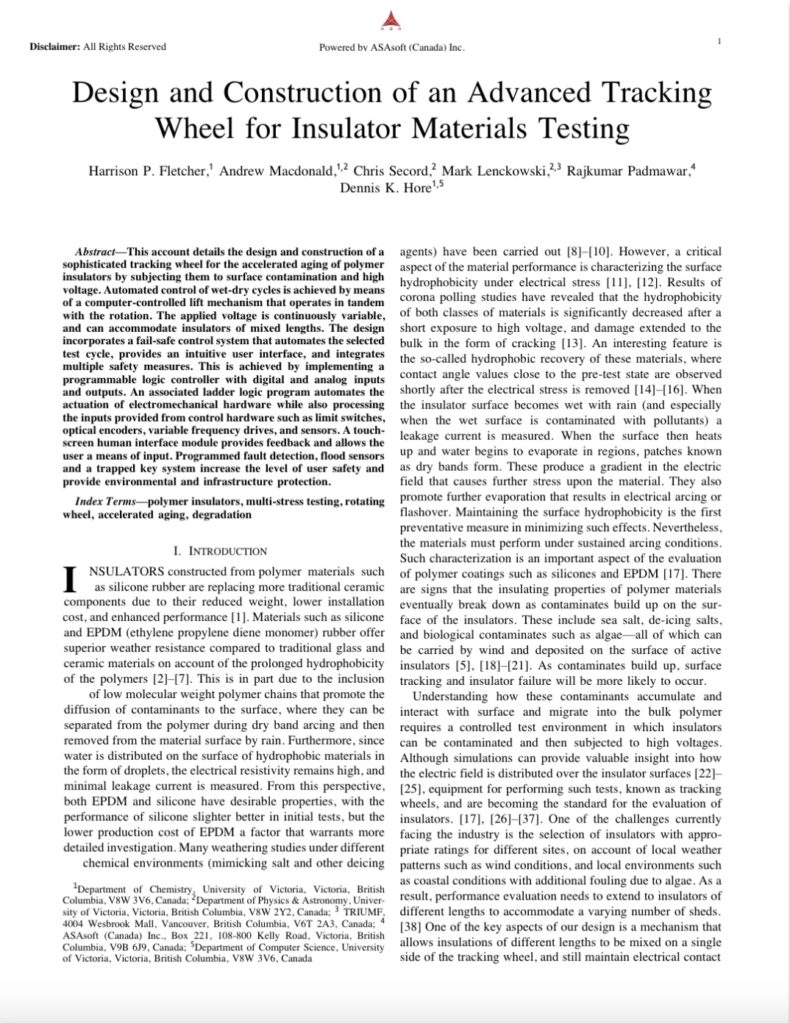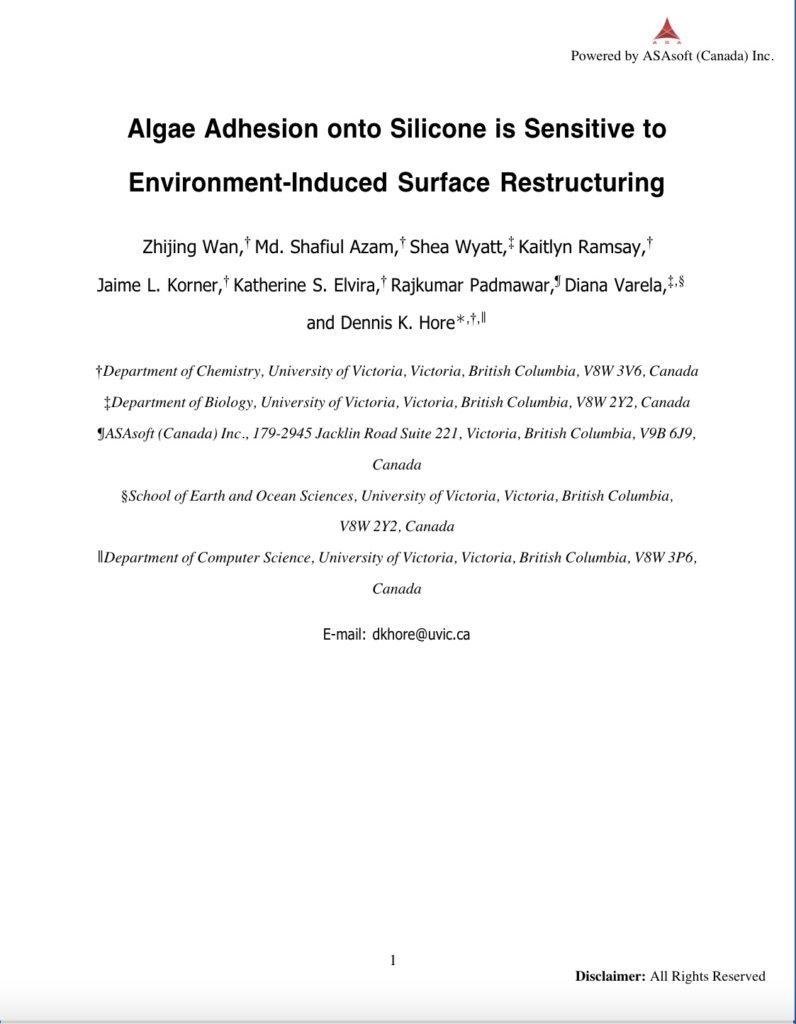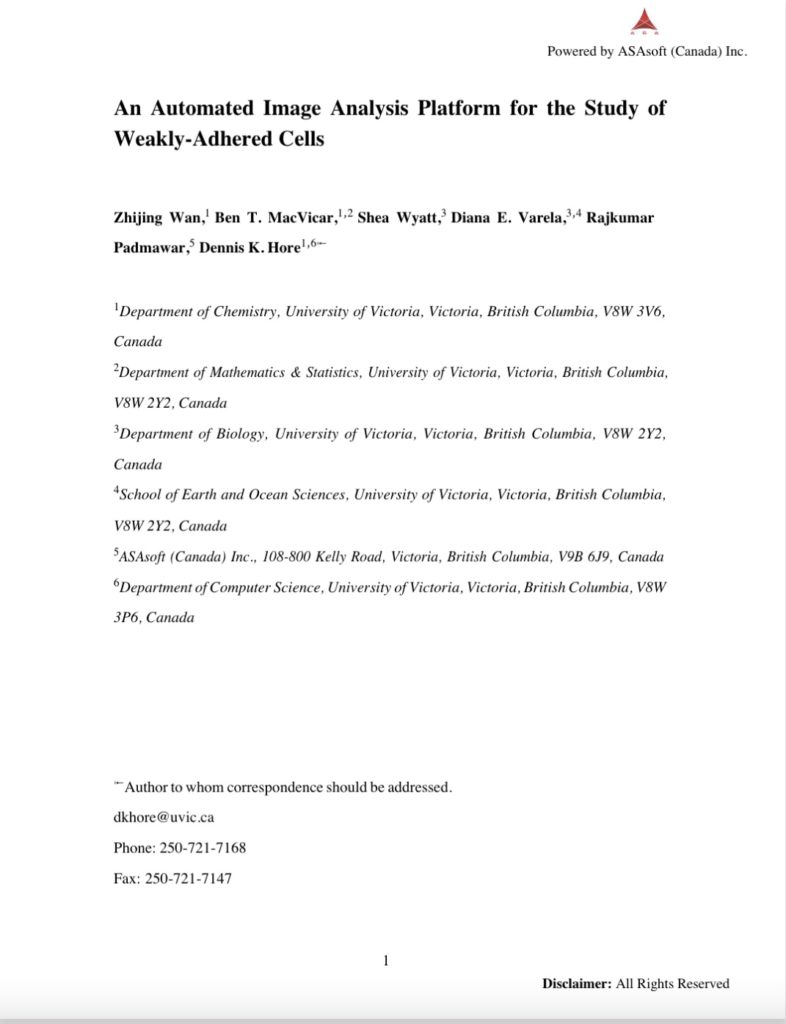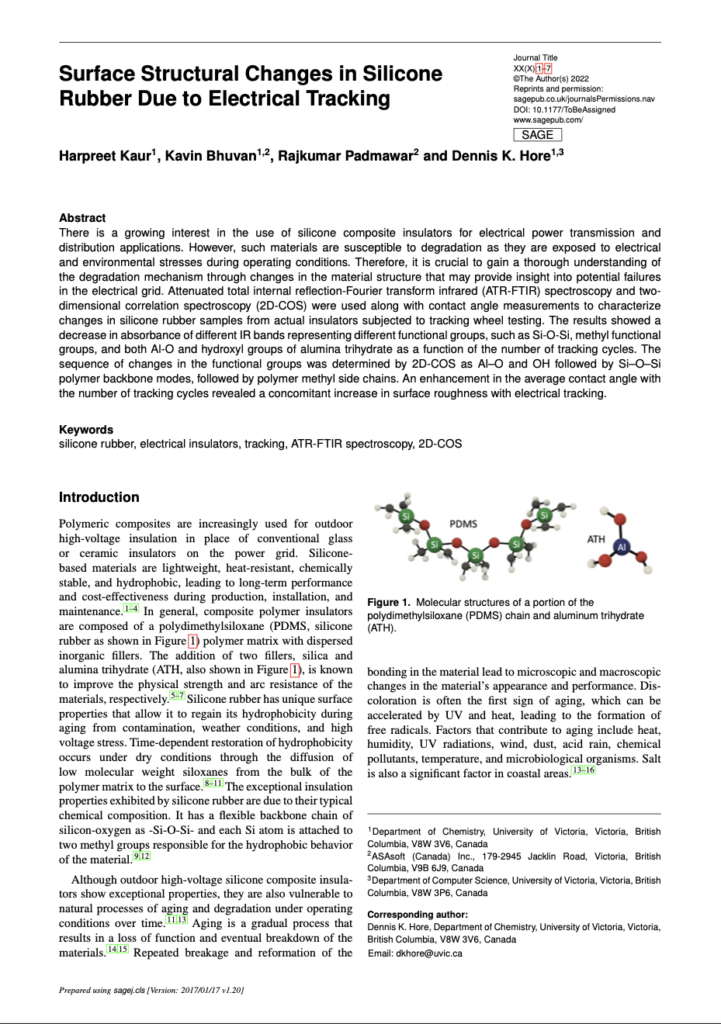Whitepapers

Design and Construction of an Advanced Tracking Wheel for Insulator Materials Testing
Harrison P. Fletcher, Andrew Macdonald, Chris Secord, Mark Lenckowski, Rajkumar Padmawar, Dennis K. Hore
Abstract—This account details the design and construction of a sophisticated tracking wheel for the accelerated aging of polymer insulators by subjecting them to surface contamination and high voltage. Automated control of wet-dry cycles is achieved by means of a computer-controlled lift mechanism that operates in tandem with the rotation. The applied voltage is continuously variable and can accommodate insulators of mixed lengths. The design incorporates a fail-safe control system that automates the selected test cycle, provides an intuitive user interface, and integrates multiple safety measures. This is achieved by implementing a programmable logic controller with digital and analog inputs and outputs. An associated ladder logic program automates the actuation of electromechanical hardware while also processing the inputs provided by control hardware such as limit switches, optical encoders, variable frequency drives, and sensors. A touch-screen human interface module provides feedback and allows the user a means of input. Programmed fault detection, flood sensors, and a trapped key system increase the level of user safety and provide environmental and infrastructure protection.
Index Terms—polymer insulators, multi-stress testing, rotating wheel, accelerated aging, degradation
*To download the full whitepaper, please contact info@lightweightinsulators.com

Algae Adhesion onto Silicone is Sensitive to Environment-Induced Surface Restructuring
Zhijing Wan, Md. Shafiul Azam, Shea Wyatt, Kaitlyn Ramsay, Jaime L. Korner, Katherine S. Elvira, Rajkumar Padmawar, Diana Varela, and Dennis K. Hore
Abstract – Resistance to algae contamination is an important characteristic of insulators used in overhead power distribution in coastal environments. It is therefore important to understand the parameters governing algae adhesion onto polymer insulator materials such as silicone. Flow- cell based shear experiments were conducted in order to characterize the adhesion strength of algae onto polydimethylsiloxane surfaces, comparing fresh polymer substrates with those that have been soaked in water and saline solutions for one month. Both freshwater algae and seawater species could withstand considerably less drag force and were therefore more easily removed when the polymer was soaked in salt water. The polymer surface was found to be unaltered in terms of its roughness, contact angle, and lack of water uptake; no macroscopic surface characterization was, therefore, able to account for the differences in cell adhesion strength resulting from the soaking treatment. Surface-specific nonlinear vibrational spectroscopy, however, revealed subtle differences in the orientation of surface methyl groups that resulted from the water and saline exposure.
*To download the full whitepaper, please contact info@lightweightinsulators.com

An Automated Image Analysis Platform for the Study of Weakly-Adhered Cells
Zhijing Wan, Ben T. MacVicar, Shea Wyatt, Diana E. Varela, Rajkumar Padmawar, Dennis K. Hore
Abstract – Details of the design and implementation of an open-source platform for studying the adhesion of cells attached to solid substrates are provided. The hardware is based on a laser-cut flow channel connected to a programmable syringe pump. The software automates all aspects of the flow rate profile, data acquisition, and image analysis. We provide an example of the pelagic diatom Thalassiosira rotula adhered to poly(dimethyl siloxane) surfaces. The described procedure enables the shear rate to be converted to drag force for arbitrary-shaped objects, of utility to the study of many cell species, especially ones that are non-spherical. It was determined that 90% of cells are removed with the application of drag forces less than 3 ⇥ 1012 N and that this value is relatively independent of the incubation time on the surface. This result is important to understand how marine species interact with polymer surfaces that are used in electrical insulator applications.
keywords: algae, polymer surfaces, insulator fouling, flow cell, video processing, fluid mechanics
*To download the full whitepaper, please contact info@lightweightinsulators.com

Surface Structural Changes in Silicone Rubber Due to Electrical Tracking
Harpreet Kaur1, Kavin Bhuvan1,2, Rajkumar Padmawar2 and Dennis K. Hore1,3
Abstract – There is a growing interest in the use of silicone composite insulators for electrical power transmission and distribution applications. However, such materials are susceptible to degradation as they are exposed to electrical and environmental stresses during operating conditions. Therefore, it is crucial to gain a thorough understanding of the degradation mechanism through changes in the material structure that may provide insight into potential failures in the electrical grid. Attenuated total internal reflection-Fourier transform infrared (ATR-FTIR) spectroscopy and two- dimensional correlation spectroscopy (2D-COS) were used along with contact angle measurements to characterize changes in silicone rubber samples from actual insulators subjected to tracking wheel testing. The results showed a decrease in absorbance of different IR bands representing different functional groups, such as Si-O-Si, methyl functional groups, and both Al-O and hydroxyl groups of alumina trihydrate as a function of the number of tracking cycles. The sequence of changes in the functional groups was determined by 2D-COS as Al–O and OH followed by Si–O–Si polymer backbone modes, followed by polymer methyl side chains. An enhancement in the average contact angle with the number of tracking cycles revealed a concomitant increase in surface roughness with electrical tracking.
keywords: Surface Structural Changes, Silicone Rubber, Electrical Tracking, ATR-FTIR Spectroscopy, 2D-COS, Insulators, Hydrophobicity, Degradation, Erosion, Contact Angle
*To download the full whitepaper, please contact info@lightweightinsulators.com















